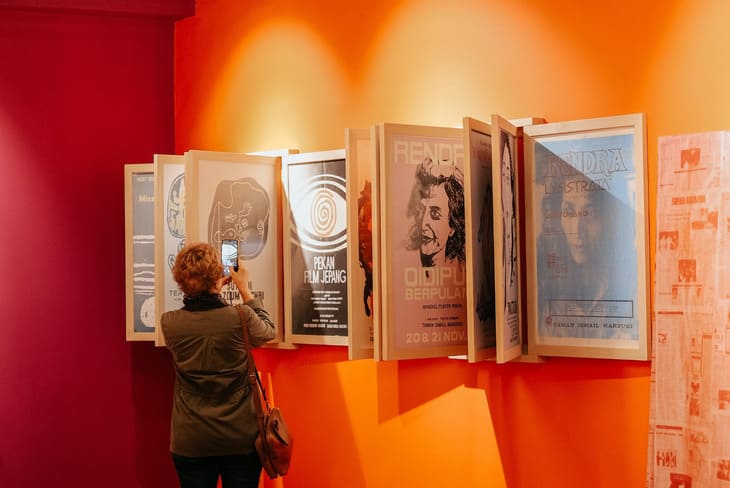In the world of gallery exhibitions, the choices made by curators go beyond aesthetic preferences and technical mastery. Emotions play a pivotal role in shaping the selection of artworks, creating an intricate interplay between art, feelings, and the overall viewer experience. In this exploration, we dive into the fascinating realm of how emotions drive gallery exhibition choices, uncovering the nuanced decisions that curators make to evoke emotional resonance and foster a profound connection between art and audience.
Understanding the Curatorial Process
Art Curation Defined:
Delve into the fundamental principles of art curation, understanding its purpose and impact on the overall gallery experience.
Curatorial Perspectives:
Explore how curators approach their role, considering both the artistic and emotional dimensions of the artworks they choose.
The Emotional Impact of Art
Art as Emotional Expression:
Uncover how artists infuse their emotions into their works, creating pieces that resonate with a spectrum of human feelings.
Viewer Emotional Response:
Examine the diverse ways viewers emotionally engage with artworks, from joy and inspiration to contemplation and even discomfort.
The Influence of Artistic Themes
Emotional Narratives:
Discover how curators select exhibitions based on emotional narratives, using themes that evoke specific feelings and moods.
Societal Reflections:
Explore how gallery exhibitions can serve as mirrors reflecting societal emotions, addressing contemporary issues and concerns.
Personal Connection and Relatability
Audience Empathy:
Understand how curators consider the audience's ability to empathize with artworks, seeking pieces that elicit personal connections.
Relatable Storytelling:
Explore the power of storytelling in art curation, emphasizing narratives that resonate with the viewer's own experiences and emotions.
Emotional Resonance in Exhibition Spaces
Gallery Atmosphere:
Examine how curators manipulate the physical space, lighting, and arrangement to enhance emotional impact within the gallery.
Immersive Experiences:
Discover the growing trend of creating immersive exhibitions, where viewers are enveloped in emotional atmospheres curated for specific responses.
Cultural and Historical Context
Emotion Across Cultures:
Explore how cultural and historical contexts influence the emotional choices made by curators, shaping exhibitions that transcend borders.
Historical Perspectives:
Understand how curators may select artworks that carry historical emotional weight, connecting the past to contemporary emotions.
Curatorial Challenges and Decisions
Balancing Emotions:
Explore the challenges curators face in balancing diverse emotional experiences within a single exhibition to create a cohesive narrative.
Controversial Art Choices:
Delve into instances where curators intentionally select controversial artworks, sparking emotional reactions and challenging societal norms.
Visitor Engagement and Feedback
Feedback Dynamics:
Examine the importance of audience feedback in shaping future curatorial decisions, highlighting the dynamic nature of emotional engagement.
Long-Term Impact:
Consider how emotional experiences in gallery exhibitions can have a lasting impact on viewers, influencing their perspectives on art and culture.
Gallery exhibitions are not just displays of art; they are emotional tapestries carefully woven by curators. Understanding the emotional drivers behind gallery choices unveils the profound connection between artists, curators, artworks, and the diverse array of emotions that define the viewer experience. As we conclude this exploration, we invite you to consider the emotional resonance embedded in your own encounters with gallery exhibitions, recognizing the rich interplay between art and the human heart.

